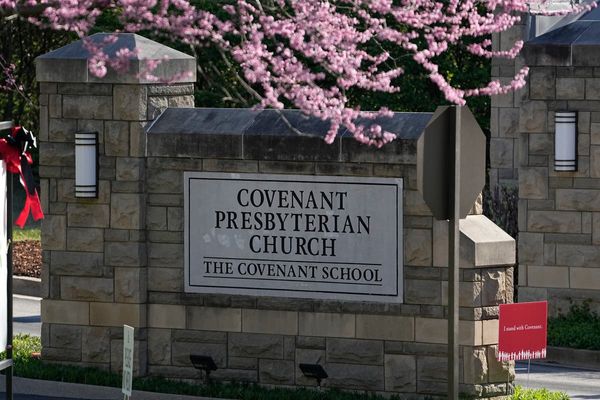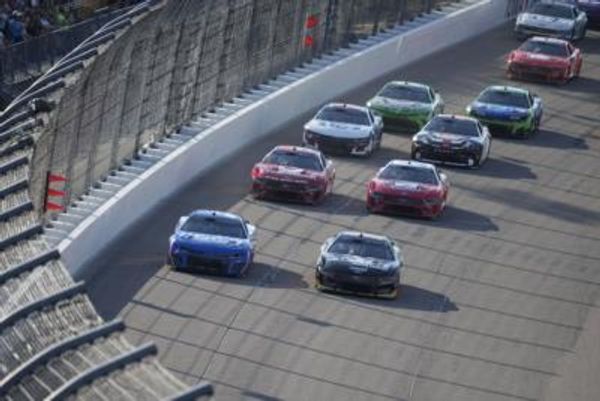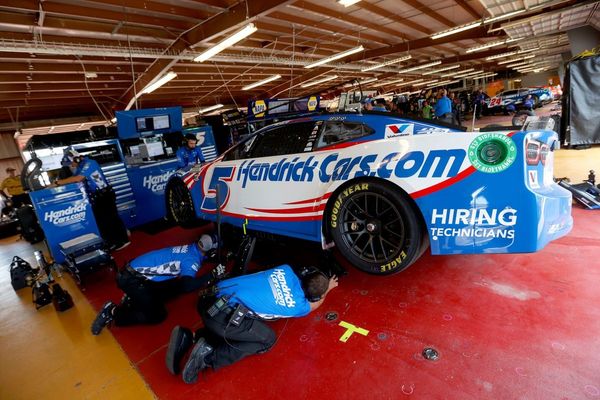
Urgent care clinics are expected to be a focus in today’s budget, with the government vowing to stay true to its election promise and establish 50 across regional Australia.
Labor pledged $135 million across four years to boost existing clinics and take the pressure off hospital emergency departments, giving existing GP clinics funds to extend their opening hours and see patients for infections, fractures and ailments that don’t need a hospital visit.
That’s $33.7 million a year, equating to $675,000 for each clinic. Health Minister Mark Butler has announced the money will flow from the October budget with clinics up and running by next year.
The government has not released a full list of the regions set to benefit, although during the election campaign local politicians announced if their electorate was set to score one; 24 clinics have been announced so far. Half of those are in marginal seats, and the rest are split evenly across Labor and Coalition electorates.
The government has said their location depends on what’s needed where, but hasn’t elaborated on what criteria it will use.
The announcement got mixed reactions. Then president of the Australian Medical Association (AMA) Dr Omar Khorshid warned the centres would further fragment care and unfairly compete with nearby clinics. Royal College of Australian GPs (RACGP) president Karen Price was slightly more optimistic but raised concerns about staffing.
There’s been little consultation with the medical community since then. The AMA, RACGP, the Pharmacy Guild, the Pharmaceutical Society of Australia and the Australian Private Hospitals Association said they had not received any additional information and were unable to comment. Crikey also contacted public health networks in several of the electorates earmarked for updated clinics and they also said they hadn’t received further information.
Toby Gardner is both the RACGP Tasmania deputy chairman and director of a private urgent care clinic in Launceston. In July last year, the clinic was awarded state government funding, allowing it to extend its opening hours to 8am to 8pm seven days a week.
But the clinic isn’t fully bulk-billed. Although the state government covers the co-pay for concession card holders presenting after hours, everyone else has to pay a $150 upfront fee, with other services covered through Medicare.
Gardner said an extra $675,000 a year would not be sufficient to get rid of the co-pay.
“There’s no way we would take that grant to provide bulk-billed services because we’d be running negative,” he said. “I really can’t see any clinic seeing it as something they would want to take on given that it’s taken so much blood, sweat and tears, and extra clinical hours from a group of really committed clinicians to get ours up and running.”
“It just doesn’t work out financially for us looking at the numbers.”
People have been willing to pay the fee at Urgent Care Centre Launceston with about 40 to 50 patients seen a day, which Gardner said eased the burden on Launceston’s emergency department.
Emergency department presentations increased from 4784 in 2019-20 to 6094 in 2020-21. Several patients were in critical condition and stabilised at the clinic before being transported to the hospital, and the clinic reserves the right to turn people away if they can wait to see a GP during regular hours.
Without state government funding, the clinic would still be financially viable, Gardner said, but would have to charge concession card holders the $150.
“Urgent care centres are not really going to be the panacea to fix emergency department problems,” he said.
With a predicted deficit of 11,517 GPs nationally by 2032, staffing is a challenge, although Gardner said the clinic was able to attract GPs with extra experience along with nurses who also work in the hospital emergency department and ICU.
Although the clinic pays standard award rates, Gardner said it was attractive because there were no overnight shifts, there was a variety of work, and managers had worked to build a cohesive, high-morale team with high retention rates.
“Some doctors are actually leaving the hospital and spending more and more time with us,” he said.
“We’re not out to try and poach doctors or nurses from the hospital, because we depend so much on the hospital for the whole community. [But] nurses and doctors are free to choose where they work.”
Henry Bateman is the CEO of Cornerstone Health, which has established 13 large-scale clinics across New South Wales, Queensland and Victoria. They are fully bulk-billed but have been feeling the pressure from low rebate rates.
Bateman said he hasn’t been consulted by the government but welcomed the announcement: “Any funding, I’d appreciate, to be honest.”
Most funding would go towards labour costs and offering incentives for GPs to work after hours: “The anxiety becomes about the detail as to whether it works or not. The core issue they’ve got to address … is that the standard consultation [Medicare rebate fee] needs to go up.”
The government has announced $750 million towards strengthening Medicare this year, but details of how the funding will be spent haven’t been announced.
Health Minister Mark Butler has been approached for comment.
Would you pay $150 upfront to go to a clinic rather than an emergency department? Let us know your thoughts by writing to letters@crikey.com.au. Please include your full name to be considered for publication. We reserve the right to edit for length and clarity.







